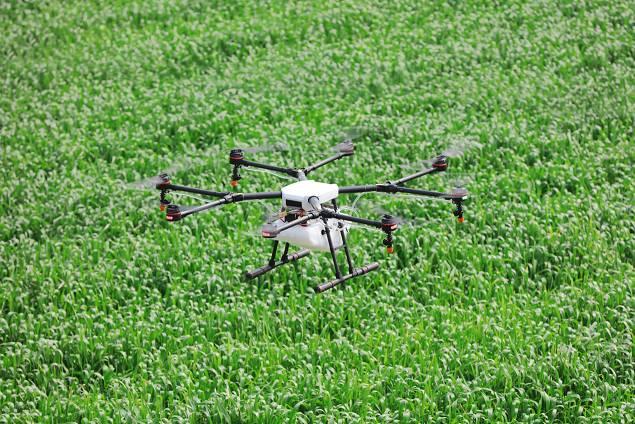Agricultural drones, also known as unmanned aerial vehicles (UAVs) or unmanned aircraft systems (UAS), have revolutionized modern farming practices. Among their many applications, one of the most significant is in the field of crop protection. In this article, we will explore how agricultural drones are transforming the way we safeguard our crops.
Crop protection is a critical aspect of agriculture, as it directly impacts crop yield and food security. Traditionally, farmers relied on manual labor and chemical treatments to monitor and protect their crops from pests, diseases, and other threats. However, these methods often prove time-consuming, expensive, and environmentally damaging.
Enter agricultural drones. Equipped with advanced sensors, cameras, and GPS technology, these drones can quickly and accurately assess the health of crops. They provide high-resolution images and data, allowing farmers to detect early signs of disease, pest infestations, and nutrient deficiencies. Armed with this information, farmers can take precise actions to mitigate these issues, such as targeted pesticide application or nutrient supplementation.
Moreover, agricultural drones can cover vast areas of farmland in a short amount of time, making them highly efficient. This not only saves farmers time and labor costs but also reduces the need for excessive pesticide use, which can harm the environment. By delivering treatments only where they are needed, these drones help minimize the ecological footprint of agriculture.
Agricultural drones also play a vital role in monitoring crop health throughout the growing season. They can be programmed to perform regular flights over fields, capturing data at different stages of crop development. This ongoing surveillance allows farmers to track the progression of crop health and make informed decisions about irrigation, fertilization, and disease control.
In addition to crop monitoring, drones can also be equipped with various payloads, such as thermal cameras and infrared sensors. These tools enable them to detect changes in temperature and moisture levels, which are crucial for identifying potential issues like water stress or fungal infections. The ability to detect such problems early can mean the difference between a successful harvest and a crop failure.
In conclusion, agricultural drones are transforming crop protection by providing farmers with valuable data and tools to enhance their decision-making processes. These unmanned systems offer a cost-effective and environmentally friendly alternative to traditional methods, ultimately leading to improved crop yields and food security. As technology continues to advance, we can expect even more innovations in the field of agricultural drones, further strengthening their role in modern agriculture.







Please sign in to comment
register